Leading nutrition experts from around the world are calling for a re-think of dietary guidelines on dairy products. Their plea comes in the light of latest research that casts doubt over the long-held belief that regular-fat dairy foods are linked to increased risk of heart disease. Instead, milk, cheese, and yogurt – regardless of fat content – seem to have neutral effects on heart health.
Rather than limiting regular-fat dairy foods, experts suggest focusing on reducing highly processed foods as a more effective strategy for improving heart health.
The heart of the matter: regular-fat versus low-fat dairy foods
For decades, dietary advice has promoted low-fat over regular-fat dairy options as a strategy to reduce the risk of cardiovascular disease (CVD). But scientists have raised doubts over this assumption, and now a group of global experts has published their findings following an international workshop held in Amsterdam in April 2024 to review latest research on dairy fat and heart disease (1).
Their key takeaway? The fat content in dairy foods such as milk, yogurt, and cheese may not matter as much as we thought when it comes to heart health.
Dietary guidelines aim to limit saturated fats in the diet
Most dietary guidelines around the world recommend minimising the amount of saturated fatty acids (SFAs) in food to reduce the risk of developing CVD (2,3). However, the SFAs in the diet come from a wide range of food sources, the main ones often being highly processed foods, followed by meat and dairy foods. Emerging evidence suggests the food source of SFAs affects their link with CVD risk – for example, replacing meat with dairy foods as a source of SFAs is associated with a lower risk of CVD (4,5).
With this in mind, the aim of the workshop was to determine whether there is sufficient evidence to position regular-fat and low-fat dairy foods differently in dietary recommendations.
There is no clear difference to heart health between full-fat and low-fat dairy
One of their major findings is that current evidence shows no clear link between dairy fat and increased risk of CVD. In fact, whether people consume regular-fat or low-fat dairy foods, the impact on heart disease risk appears to be neutral.
In particular, several long-term observational studies on the association between people’s food habits and heart health show the following results:
- Total intake of dairy foods is either not associated with or favourably associated with risk of CVD, including coronary artery disease and stroke.
- No conclusive evidence exists to show that eating regular-fat or low-fat dairy foods is differently associated with most CVD-related clinical outcomes.
- Eating fermented dairy foods such as yogurt and cheese appears to have no association with the risk of developing CVD.
These findings are supported by evidence from randomized controlled trials, the gold standard in scientific research. Clinical studies show no differences between eating regular-fat or low-fat dairy on markers of CVD risk including cholesterol, blood pressure, body weight, and blood glucose levels.
However, the nutrition experts caution that current studies are limited, and more research is needed in people with different levels of CVD risk to understand the effects of regular-fat and low-fat dairy on markers of heart health.
Cardiovascular risk factors may be influenced by the dairy food matrix
Several components of dairy foods may interact to influence their effects on cardiovascular risk (6,7). These include:
- The nutrient content and fatty acid composition of dairy foods, which may differ from other foods high in SFAs.
- The structure of dairy fats within the milk fat globule membrane and the size of fat droplets.
- The composition and structure of the dairy food matrix, which can be influenced by food processing and fermentation.
Studies show that fats within the dairy food matrix have several biological functions that help to influence cholesterol metabolism, alter digestion and blood lipid levels, and modify signals within the gut microbiome (8). Studying these biological mechanisms may help shed light on the reasons behind the neutral effects on heart health seen with dairy food consumption.
Reducing saturated fats: Cut back on meats or pastries, not dairy
These findings raise questions about current dietary guidelines that promote low-fat alternatives as a healthier choice than regular-fat dairy foods. According to the experts, it may be time to stop focusing on the fat content of dairy foods and instead look at overall diet quality.
In modern Western diets, the biggest sources of SFAs are often processed, energy-dense foods that are low in nutrients, such as highly processed meats, snacks or meals. Rather than eliminating regular-fat dairy foods from our diet, the experts suggest that public health strategies would be more effective in reducing the intake of these energy-dense and nutrient-poor foods for a larger impact on SFA intake and therefore a greater benefit to cardiovascular health, and continue the work toward a better understanding of the dairy fat behaviour on cardiometabolic health.
“Differentiating low-fat from regular-fat dairy in dietary recommendations is currently not supported by the available evidence in adults. We propose that dietary guidelines for adults should emphasize food-based strategies that are likely to have a greater impact on a population’s SFA intake.”



